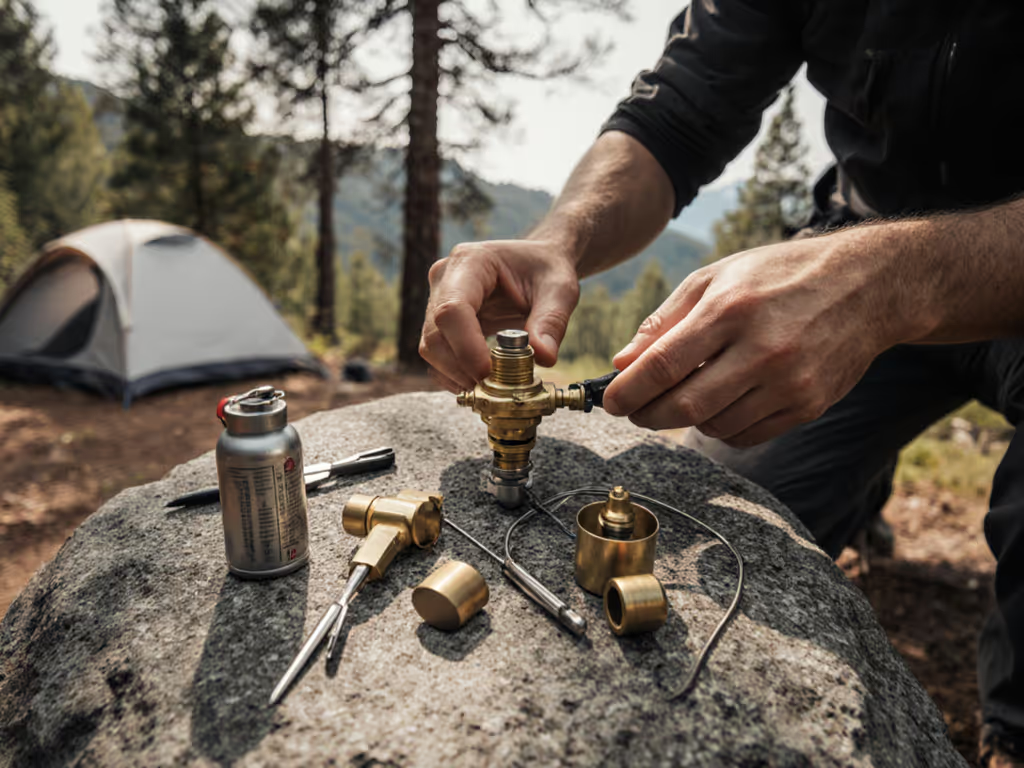
Camp Stove Heat Transfer Physics: Mastering Simmer Control

As any camp chef knows, camp stove performance hinges on mastering heat transfer physics, not just cranking the flame. When I kept promises of golden pancakes and gentle curry on a blustery coastal weekend, it wasn't luck. It was understanding how heat actually moves from burner to pot. That wide, stable base with a real windscreen didn't just protect the flame, it preserved the delicate convection currents needed for simmering. Today, we'll translate thermodynamics into mealtime confidence, so your kitchen runs smoothly whether you're cooking for a lactose-free friend or two rambunctious kids. Because comfort and safety aren't luxuries (they're the foundation of a trip where everyone eats well and together).
How Heat Reaches Your Pot: The 3 Transfer Methods Decoded
All camp stoves rely on the same three heat transfer mechanisms, but their effectiveness depends entirely on your setup and conditions. Let's unpack what happens under your pot:
-
Convection: This is your primary workhorse with gas stoves. Hot combustion gases flow upward and wrap around your pot's base. When wind steals this airflow (like during that coastal trip), your boil time doubles, and simmering becomes impossible. A proper windscreen isn't optional; it channels these gases efficiently.
-
Radiation: Infrared energy radiates from the burner's hot metal parts. While less dominant than convection in gas stoves, it's why you feel heat before touching the pot. Burner design matters here: wider flames (like the MSR PocketRocket Deluxe's broad burner) create more uniform radiant heat, eliminating hot spots that scorch sauces.
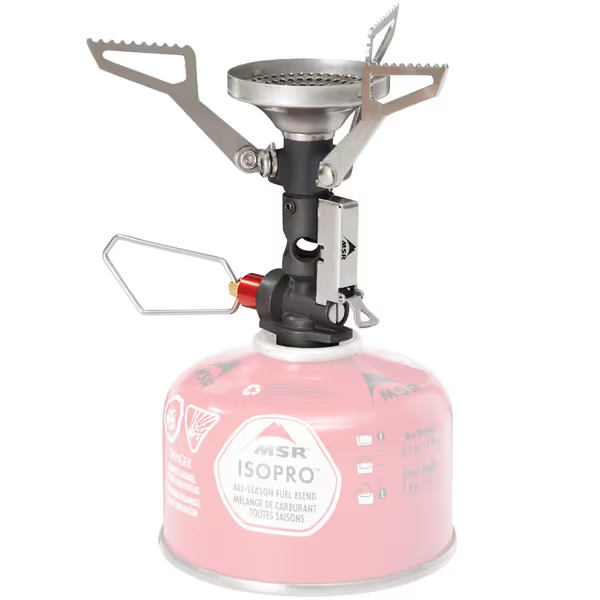
MSR PocketRocket Deluxe Stove
- Conduction: Direct contact between burner and pot. But with narrow pot supports, this only happens at 4 small points, creating uneven heating. That's why wider burner heads (think 150mm+ diameter) maximize contact area, distributing heat like a home range. It's also why warped pots from car-camping trips sabotage simmer control: gaps = less conduction.
Remember this: Your stove doesn't heat food, it heats air and metal, which then heat your food. Wind, pot stability, and burner width dictate whether that energy transfer stays gentle or goes chaotic.
Why Simmer Control Isn't About the Flame Dial
Most campers crank down the flame and pray. For step-by-step stove temperature control techniques, see our complete guide. But true temperature precision while camping requires understanding thermal equilibrium: the moment heat input matches heat loss. Boiling water? Easy. Simmering curry? Tricky. Here's why:
-
Convection currents stabilize at simmer temps. As water heats, cooler liquid sinks while warmer liquid rises, creating a self-regulating cycle. But if your burner's flame is too narrow (or wind disrupts airflow), these currents collapse. Result? Scalded coconut milk or unevenly cooked veggies.
-
Fuel type affects response time. Isobutane/propane blends (like MSR's canisters) have consistent vapor pressure down to 20°F, so flame modulation remains smooth. Compare seasonal performance in our propane vs butane vs white gas breakdown to keep simmering consistent in the cold. But in cold conditions, unregulated stoves lose pressure, causing the infamous "flame surge then die-out" that ruins sauces. Look for pressure-regulated designs that maintain simmer stability factors like consistent BTU output.
-
Pot material changes everything. Aluminum conducts heat fastest but creates hot spots. Tri-ply stainless (common in backpacking sets) spreads heat evenly but responds slower to dial adjustments. For true simmering? Match your cookware to your stove: lightweight pots need precise flame modulation techniques, while heavier bases forgive minor adjustments.
Wind Management: The Silent Simmer Saboteur (and Savior)
Wind doesn't just blow out flames, it steals convective heat before it reaches your pot. Here's how to fight back without violating safety rules:
Windscreen Science That Works
-
Height matters: A screen should sit just below your pot's rim (not touching it). This creates a low-pressure zone that pulls hot gases upward, boosting efficiency by 30% (a fact confirmed by Backpacker magazine's 2024 field tests).
-
Vent strategically: Cut 2-3 small gaps evenly spaced around the screen. This maintains oxygen flow for combustion while blocking gusts. No gaps = suffocated flame; too many = no wind protection.
-
Never enclose canisters: Full-circle windscreens trap heat around the canister, raising pressure dangerously. Leave the bottom fully exposed for safe vaporization.
Real-World Timing Tip
When setting up: Seat people before you light. This gives you 60 seconds to position your windscreen while everyone warms hands by the stove, no frantic last-minute adjustments as kids hover. (And yes, this avoids unstable cook surfaces around kids.)
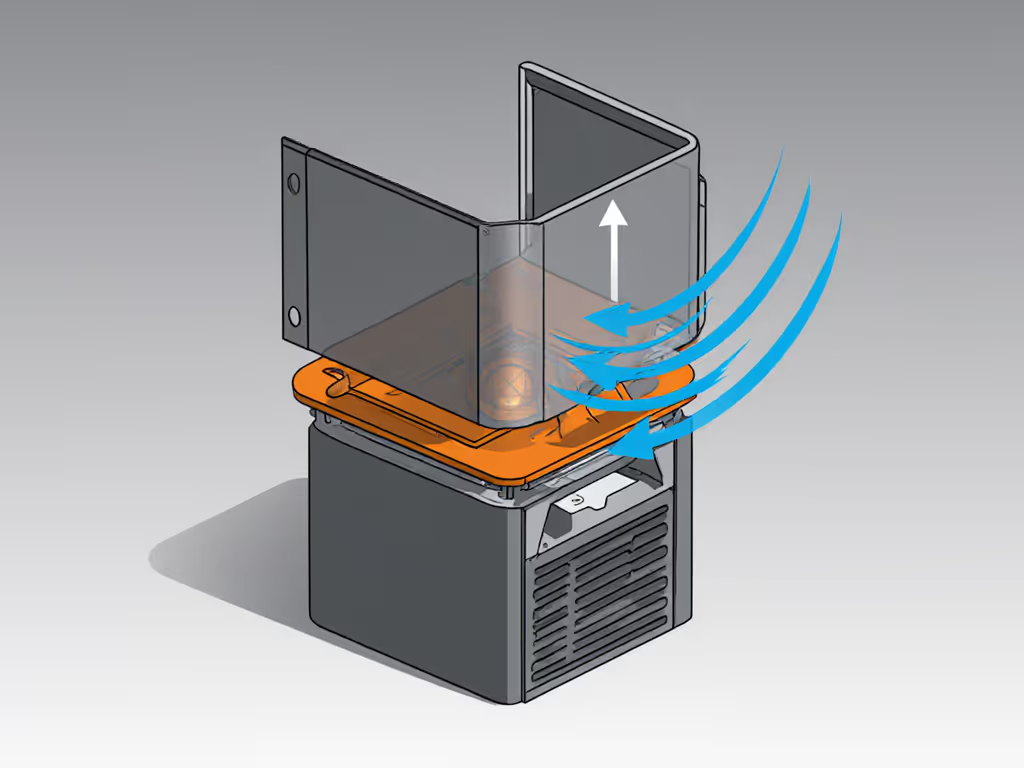
Putting Physics to Work: Your Simmer Success Checklist
Forget lab-test boil times. Here's what actually ensures gentle simmering when the wind picks up:
- Start with burner stability: A wide footprint (like Snow Peak's 171mm base) prevents pot wobble. Test yours: place a filled pot on supports, it shouldn't rock when nudged.
- Pre-heat your windscreen: Light stove without the screen for 30 seconds. Then add it. Cold metal initially sucks heat, pre-heating avoids that initial temperature drop.
- Modulate in stages: For creamy sauces: a) Boil rapidly with screen off (convection max), b) Reduce flame 50% then add screen (radiation/conduction balance), c) Adjust down 10% every 2 minutes until bubbles gently break surface.
- Respect the trinity: Simmer stability requires: stable pot + consistent fuel flow + protected convection. Fail any one, and meals scorch.
Final Verdict: Your Physics-Powered Kitchen Awaits
Mastering camp stove heat transfer physics isn't about memorizing equations, it's about building a kitchen that adapts to real conditions. If you're still choosing a stove, our wind-proof, perfect-simmer buying guide helps match models to your cooking style. When your burner design, wind management, and simmer techniques work with thermodynamics (not against them), you'll nail those delicate meals that turn campers into believers. That coastal curry didn't succeed because of luck, it succeeded because the science was sound.
So next time you're prepping dinner as dusk falls, remember: reliable heat transfer means everyone eats well, together. Seat people before you light, honor the windscreen gaps, and let convection currents do their work. Your crew's trust, and their full bellies, depend on it.
Related Articles

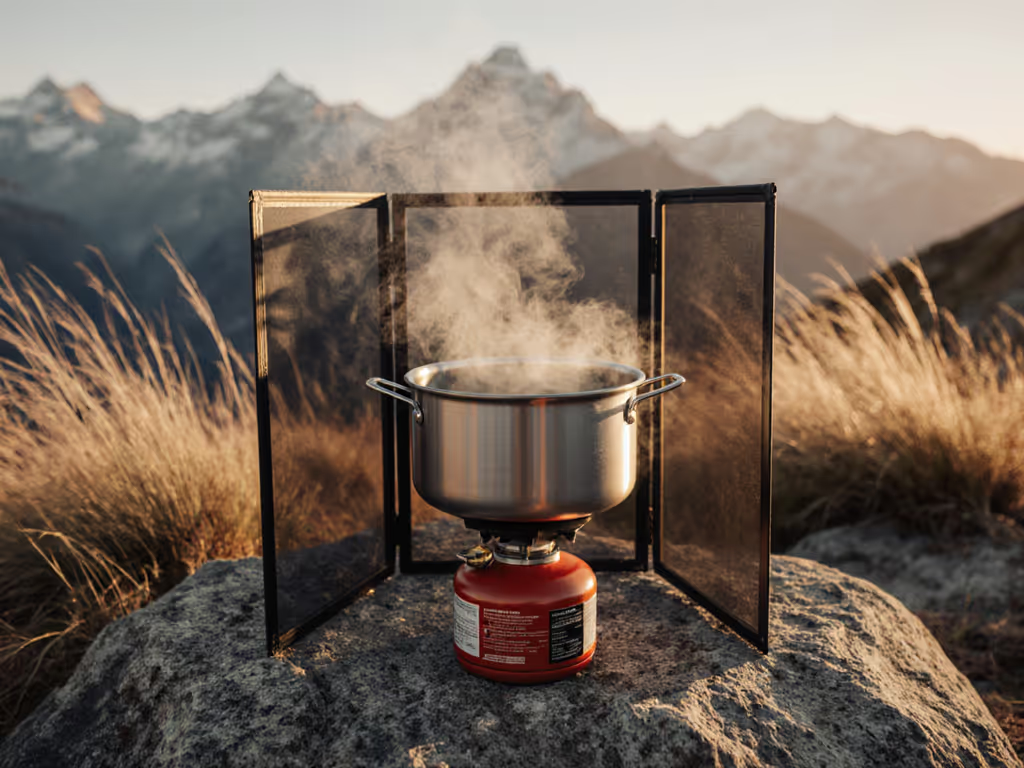
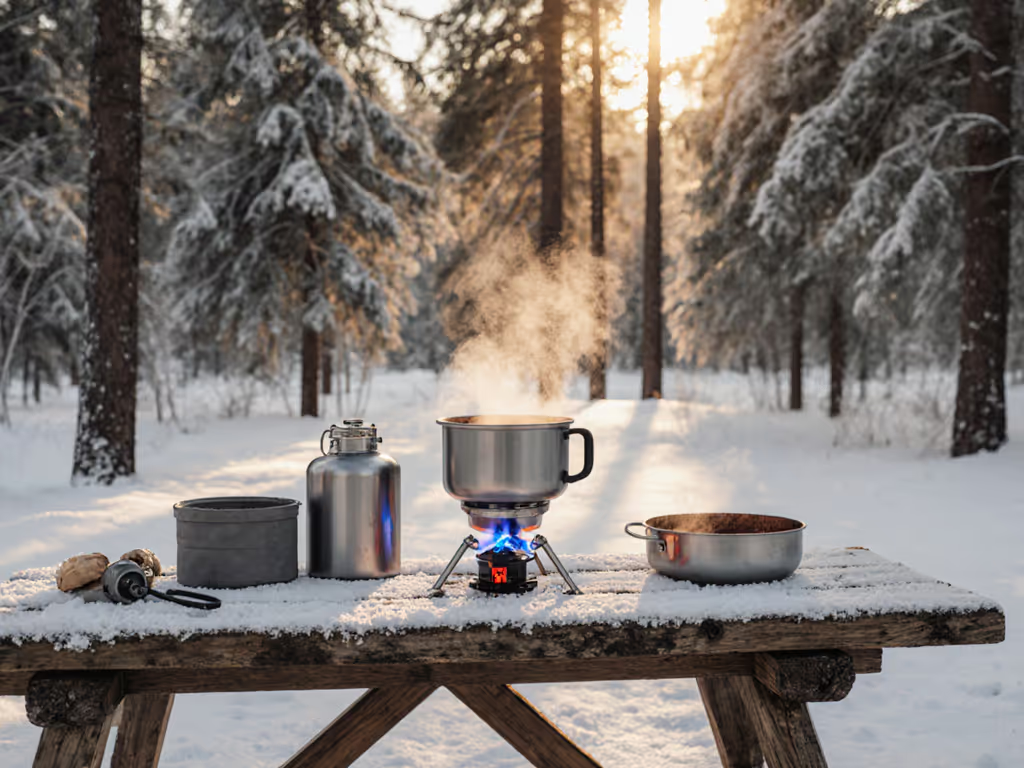
Heatinerary’s Trip-Tuned Stove Guide for 2025-11-12: Reviews, Fuel Planning, and Cookware Guidance for Cold-Season Camping
Explore practical guidance for Heatinerary’s Trip-Tuned Stove Guide for 2025-11-12: Best Stoves, Fuels, and Cookware for Cold-Season Camping with step-by-…
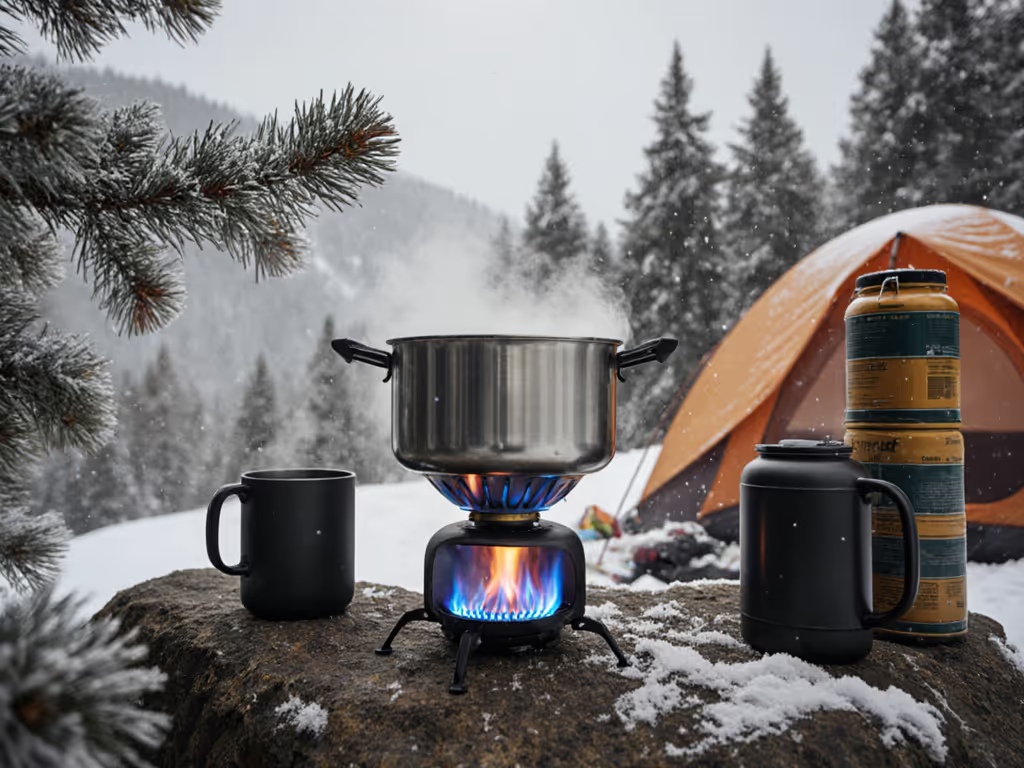
2025-11-11 Cold-Front Cooking: Heatinerary's Trip-Tuned Stove, Fuel & Cookware Checklist for Safe November Backcountry Trips
Explore practical guidance for 2025-11-11 Cold-Front Cooking: Heatinerary's Trip-Tuned Stove, Fuel & Cookware Checklist for Safe November Backcountry…

Trip-Tuned Stove Lab: 11 Best Stove, Fuel & Cookware Setups for November Backcountry Trips (Updated 2025-11-10)
Discover expert insights on Trip-Tuned Stove Lab: 11 Best Stove, Fuel & Cookware Setups for November Backcountry Trips (Updated 2025-11-10) so you can…
